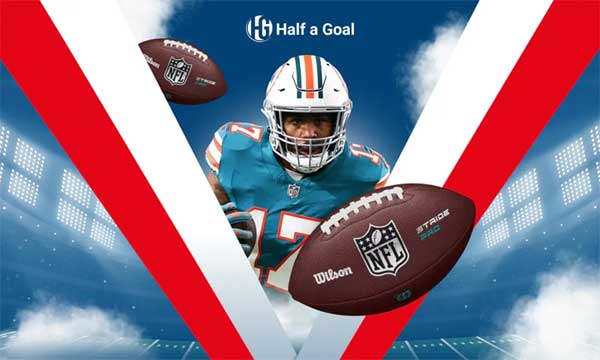Understanding NFL Standings: Insights, Data Trends, and Tech Perspectives
The nfl standings are more than just a table of wins and losses — they are a living reflection of team performance, strategy, and long-term potential across the season. For fans, analysts, and fantasy football players alike, keeping up with standings is essential to understanding playoff implications, divisional rivalries, and momentum shifts.
Standings are typically structured by division and conference, factoring in wins, losses, ties, and in some cases, point differentials. While these raw figures are simple on the surface, the context and interpretation behind them require deeper analysis — something that modern technology and data tools increasingly support.
Breaking Down the Standings: Beyond the Basics
Each NFL season brings a dynamic reshuffling of teams based on performance. Divisional leaders may emerge early or climb the ranks midseason, while wildcard spots often come down to tiebreakers — based on head-to-head results, conference records, and point differentials.
For example, a team with an 11-5 record might rank below another 11-5 team due to a weaker conference performance. In such cases, the raw data doesn’t tell the whole story — this is where data parsing and structured queries become powerful tools.
When Tech Meets Football: Using LINQ .NET to Analyze Standings
In a technical context, developers and data analysts who work with sports data often need to filter, sort, and transform arrays of team statistics. This is where Array Capabilities in LINQ .NET come into play.

Let’s say you’re pulling real-time NFL stats from a data feed and need to identify all AFC teams with over 10 wins and a positive point differential.
| Team | Wins–Losses | Division Rank |
|---|---|---|
| Kansas City Chiefs | 11–4 | 1st in AFC West |
| Buffalo Bills | 10–5 | 2nd in AFC East |
| Philadelphia Eagles | 12–3 | 1st in NFC East |
This example illustrates how quickly standings-related insights can be extracted using LINQ arrays — making it especially useful for dashboards, fantasy apps, or internal analytics tools.
The Bigger Picture: Data-Driven Football Culture
Modern fans are increasingly fluent in numbers. From passer ratings to third-down conversion rates, the appetite for granular data is growing. Platforms that leverage programming tools like LINQ .NET for real-time processing can offer tailored experiences — such as automatically highlighting key changes in the nfl standings after each game week.
As the NFL continues to embrace data and digital platforms, understanding how standings evolve — and using tools to interact with that data — becomes a powerful advantage for analysts and enthusiasts alike.